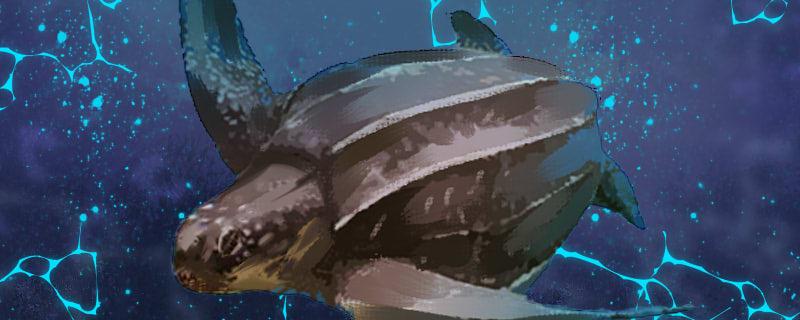 1. What does leatherback turtle look like
1. What does leatherback turtle look like Leatherback turtle is an animal of leatherback turtle family and leatherback turtle genus. They belong to tortoises in the deep sea, so their size is relatively large. The biggest difference between them and common turtles is their limbs. Their limbs are like oars, especially their forelimbs, which are very developed. Leatherback turtles have larger heads but shorter necks. The color of their carapace is black, without any shield pieces. The whole carapace looks as bright as leather, but there are seven longitudinal edges on the carapace, hence their name.
2. How to raise leatherback turtles1. Water temperature: leatherback turtles are temperature-changing animals, and they can survive at a water temperature between 7-25 ℃. When raising artificially, it is best to keep the water temperature at about 20-25 ℃.
2. Water quality: Leatherback turtles are sea turtles, so they need to be raised in seawater. If conditions permit, it is best to use natural seawater. If you can't get natural seawater, you can use inland water plus sea salt, and you can also simulate the seawater environment.
3. Feeding: Leatherback turtles are omnivorous animals. When they are in the wild, they eat some fish, shrimp, crabs, conch, shellfish, starfish, jellyfish, sea cucumbers and other foods, and they also eat some jellyfish with poisonous stings. When cultured artificially, it is best to feed them more small marine life.
4. Container: Leatherback turtles are large. If you want to raise them, you'd better build a pool for them. Although leatherback turtles can be farmed artificially, artificial breeding cannot completely simulate the natural environment. If there is no other effect, it is recommended to release them into the sea.